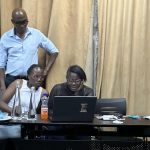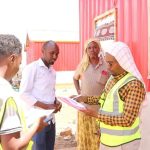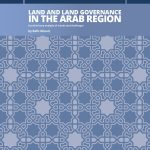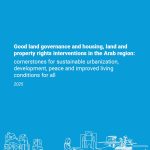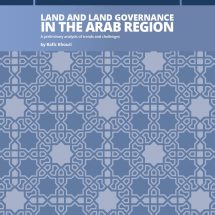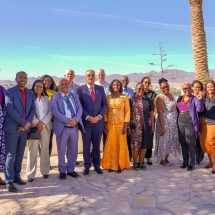The implementation of the Social Tenure Domain Model (STDM) in Baidoa municipality, in the South West State of Somalia, commenced in January 2025, marking a significant step in improving land data management. A team from the municipality was tasked with collecting data on the ground, working closely with community members to ensure accurate and inclusive representation.
The Global Land Tool Network (GLTN) provided technical guidance throughout the process; in improving technical capacity in use of STDM, data collection practices, and equipping the team with effective techniques for engaging with the local population. This collaboration aimed to enhance data collection efficiency and promote transparency in land tenure documentation.
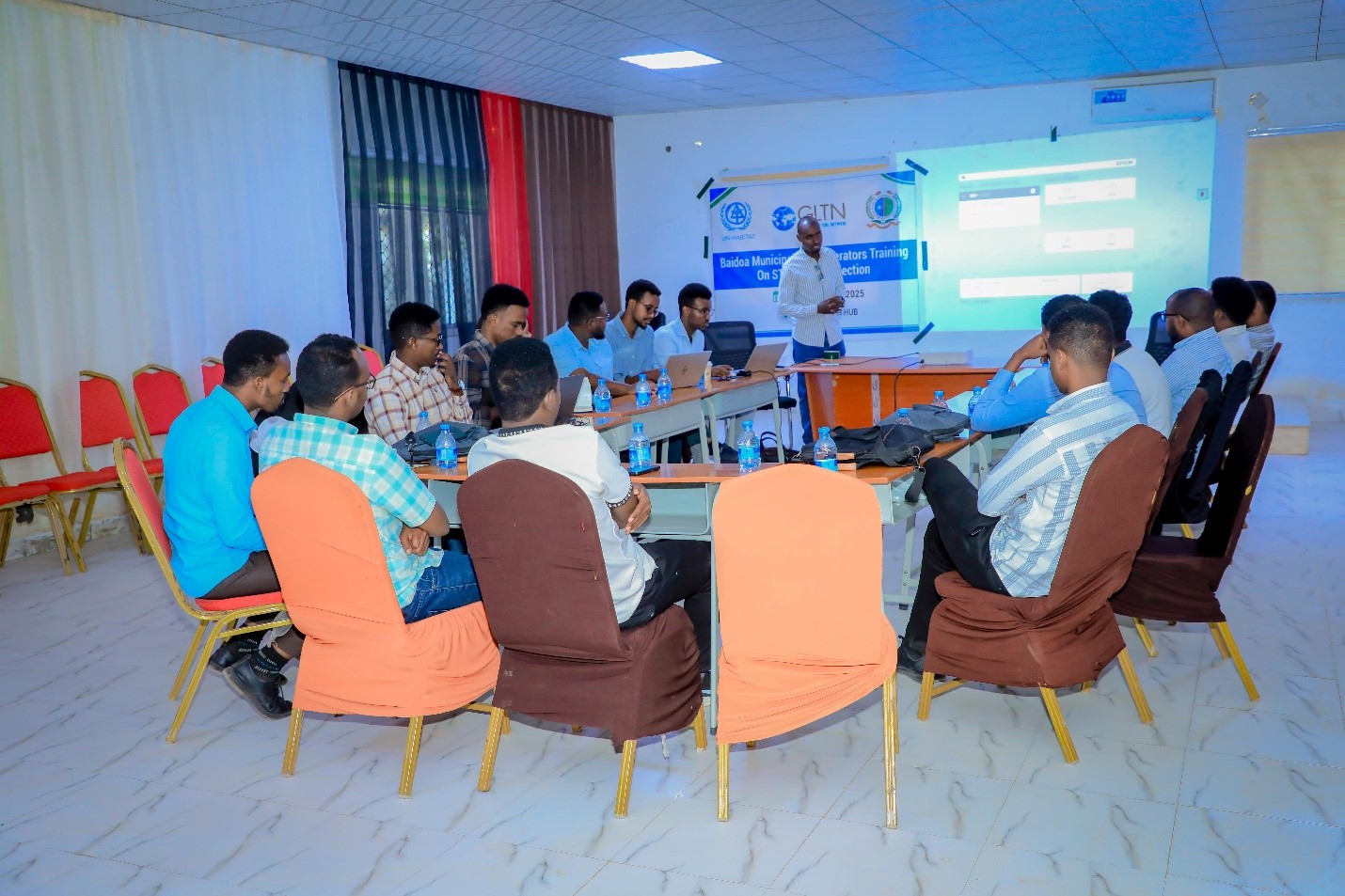
A key aspect of the STDM approach was community involvement. Community members were actively engaged as part of the enumeration team, assisting in data collection efforts. “The data enumeration team was comprised of a total of 18 members; 16 data collectors and 2 community elders. Among the data collectors, 14 were male and 2 were female,” noted Abdullahi Mohamed, a UN-Habitat consultant. Two community elders were involved in door-to-door campaigns aimed at creating awareness on the importance of the intervention, the purpose of the data collected, the types of documents required, and how this information would be used in the long run. Additionally, local media such as radio stations were used to inform the community about the exercise and its significance. “The use of local media, particularly radio, played a key role in gaining community buy-in and building trust in the process,” said Director Hassan Adan from the Baidoa Lands Office. This participatory approach not only improved the credibility of the process but also fostered local ownership of the initiative. These efforts played a crucial role in addressing concerns and reducing scepticism among community members.
Despite these interventions, the data collection efforts faced several challenges. One of the primary issues was trust, as some individuals were hesitant to provide their details due to fears about how the information might be used. Misinformation and suspicion led to reluctance among certain members of the community, affecting the completeness of the data.
Another major challenge was the inclination of data collection towards property owners. Some of the individuals encountered during the exercise were not actual landowners and, therefore, could not provide accurate responses to some of the questions in the questionnaires. Some non-owners were also reluctant to share information that might conflict with what the actual owner would provide.
Additionally, the issue of fake identifications emerged as a significant obstacle. Some individuals falsely claimed ownership of properties, possibly due to the perception that the data might be used for future compensation. This created inconsistencies in the collected information and required additional verification measures.
Moving forward, strengthening verification mechanisms, enhancing trust-building efforts, and refining data collection strategies will be essential in ensuring the success of the STDM initiative in Baidoa. Despite these challenges, the implementation of STDM represents a valuable step toward improving land tenure security and creation of a sustainable land administration system.

